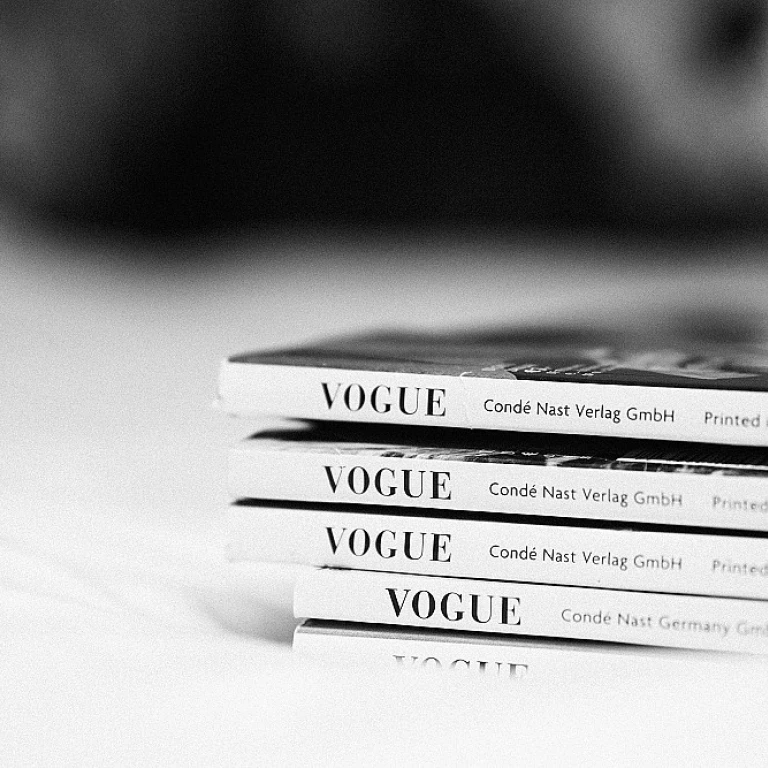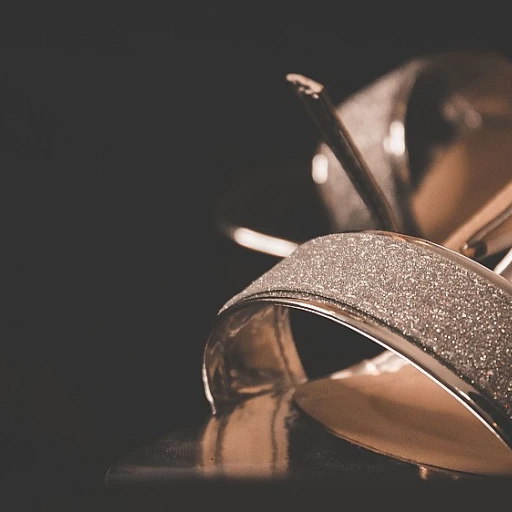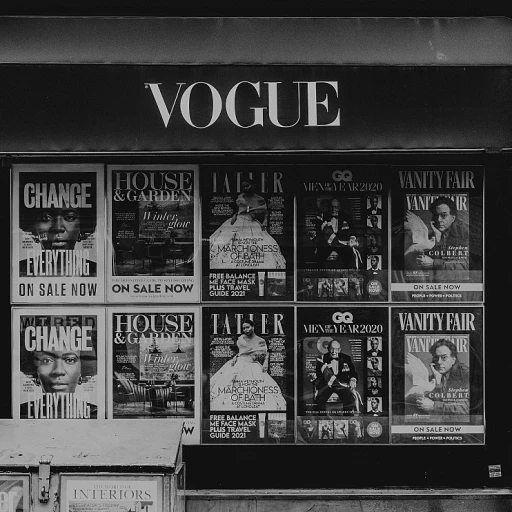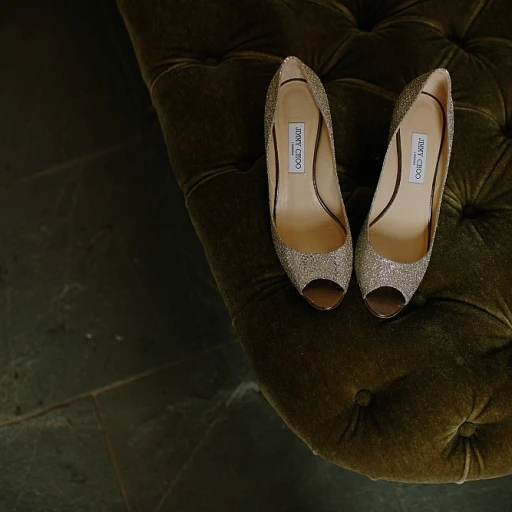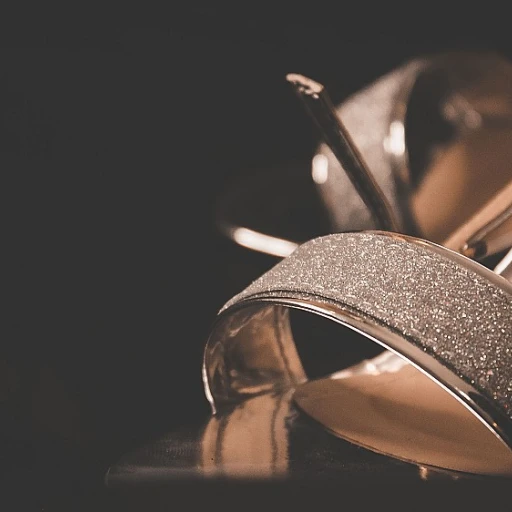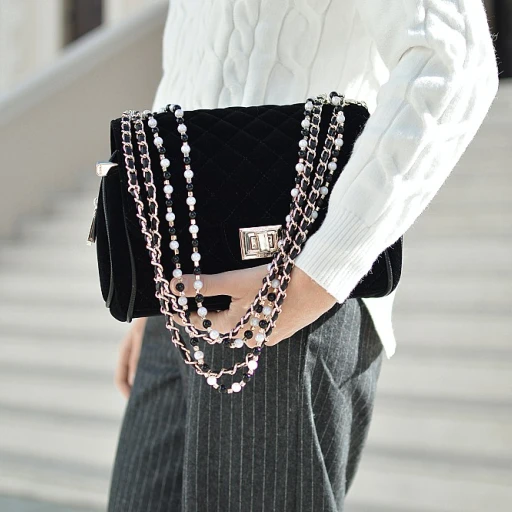Understanding Hemp Fabric
Diving into the Roots of Hemp Textile
Hemp fabric has been making waves in the fashion industry, especially as a core material for sustainable and eco-friendly clothing. Known for its environmental benefits, hemp is a strong, natural organic fiber cultivated from the cannabis plant. This versatile fabric is used to create an array of products, including underwear that is gaining traction among women styles seeking comfort and sustainability. The process of creating hemp clothing is less resource-intensive compared to other fabrics like cotton. The hemp plant requires minimal water, grows rapidly, and can be cultivated without synthetic pesticides or fertilizers. This positions hemp as a viable alternative to traditional textile sources. Additionally, hemp fabric is incredibly durable, which makes hemp underwear a long-lasting wardrobe staple. In recent years, hemp organic products have seen a surge in demand, buoyed by growing awareness of their ecological advantages. Underwear brands such as Wama are pioneering the use of hemp, integrating it into their offerings and showcasing its benefits in a variety of designs, from boy shorts to classic cuts. Their hemp panties come in a range of sizes and price options, with many available in the classic black sold variant. Despite these benefits, the market for hemp underwear is not without challenges. Limited availability, often resulting in sold unavailable items, and a lack of widespread consumer understanding can hinder broader adoption. However, as more consumers seek sustainable options, hemp’s potential in the eco friendly fashion sector is poised for growth. For more insights on how biodegradable fabrics like hemp are revolutionizing fashion, explore more on this topic here.Benefits of Hemp Panties
The Undeniable Benefits of Choosing Hemp-Based Intimates
Choosing hemp underwear offers a myriad of benefits that set it apart from traditional fabrics like organic cotton or synthetic materials. The environmental impact of hemp clothing makes it a compelling choice for sustainable fashion enthusiasts.
One of the primary advantages is environmental sustainability. Hemp requires less water than cotton and grows rapidly without the need for pesticides, positioning it as a natural and organic fabric option. The plant's deep roots help prevent soil erosion, contributing to a more eco friendly clothing production cycle.
In terms of comfort and wearability, hemp fabric is known for its breathability and durability. It’s less likely to stretch or fade compared to other fibers. Additionally, it's hypoallergenic, making it a suitable choice for women with sensitive skin or allergies. The softness of hemp continues to improve with each wash, providing a lasting green solution for everyday wear.
Another major perk of hemp underwear is its antimicrobial properties. This natural characteristic helps reduce odor and keeps the fabric regular and fresh longer, offering a practical advantage when choosing undergarments. Many women appreciate how these features extend the life of their wama purchases. With hemp panties, concerns about longevity or quality become a thing of the past.
For those considering options like boy shorts or black variants, hemp's versatility is another bonus. Although some styles may not always be available due to high demand, the benefits of investing in hemp organic panties far outweigh the limitations posed by occasional inventory shortages. Whether you’re looking to purchase during a sale or at regular price, the price range remains reasonable considering the fabric’s durability and lifespan.
Finally, the ethical appeal of hemp aligns with the values of those who prioritize ethical fashion choices. By supporting hemp products, consumers advocate for natural organic clothing solutions that contribute to a healthier planet.
Eco-Friendly Fashion Movement
Green Appeal
The rising trend of hemp underwear forms part of a larger, eco-friendly fashion movement driven by increasing consumer awareness. As more consumers become environmentally conscious, the demand for sustainable products like hemp clothing has surged. This appeal of sustainable women's fashion is complementing the traditional fashion industry with products that not only look great but also feel good to wear and impactful to purchase.
Brands utilize hemp due to its numerous advantages over conventional materials like organic cotton. It is inherently sustainable, requiring fewer resources to cultivate. This means less water consumption, reduced carbon emissions, and a significant decrease in the use of harmful chemicals. The natural resilience of hemp fabric also results in durable and long-lasting clothing, appealing to the conscious consumer looking for value and sustainability.
The eco-friendly nature of hemp apparel, often sold in diverse variants such as black and natural, makes it a strong contender against traditional materials. With many women opting for hemp products, such items often come with a commendable price range. The availability may sometimes be a challenge, echoed through common occurrences like black sold or variant sold as unavailable. Yet, this scarcity only adds to the exclusivity and allure of owning a trendy piece of hemp clothing.
Underwear brands like WAMA have capitalized on this green wave with their offerings, ranging from boy shorts to more intricate designs. With features like free shipping, competitive regular prices, and organic hemp options, they cater to a wide range of women's styles and sizes. Reviews often highlight the comfort and quality of hemp products, alongside the positive impact purchasing them has on the environment.
Styling Tips for Hemp Underwear
Transforming Your Wardrobe with Hemp Intimates
Integrating hemp underwear into your wardrobe can be a delightful venture into natural organic fashion. These garments are not only eco friendly but also provide a unique blend of comfort and style, making them a favorable choice among women seeking sustainable options.
When choosing hemp underwear, consider the variety of women styles available. This includes everything from classic boy shorts to more daring cuts. Opting for natural organic options can enhance comfort, as the hemp fabric adapts well to different climates due to its breathable nature. Black natural and neutral tones are popular, but these underwear styles are also available in a range of colors.
While variations in size are essential, brands like Wama have ensured these products are accessible for different body types. It's crucial to select the right size for the ultimate experience in comfort and support.
Many underwear brands provide hemp options at a regular price, with some regularly on sale, making them an affordable choice for many. With sustainable fashion on the rise, more consumers are leaning towards these eco friendly products due to their positive reviews and well-known benefits over conventional materials like organic cotton.
So, why not make a choice that speaks to your commitment to the environment and personal comfort? Hemp clothing offers an opportunity to indulge in the luxury of high-quality, naturally sourced materials without compromising ethics.
Challenges in the Hemp Fashion Industry
Overcoming Obstacles in Hemp Apparel
The hemp fashion industry, though burgeoning with promise, faces several challenges that hinder its widespread adoption. The introduction of hemp underwear, despite its appeal as sustainable and environmentally friendly, is no exception.- Availability and Accessibility: Hemp products, such as hemp underwear and clothing, often suffer from limited availability. With variants frequently sold out, often including black sold or other popular colors, consumers can find it difficult to maintain a consistent wardrobe selection.
- Pricing Concerns: The regular price range of hemp underwear can be a barrier for many. As an organic and natural textile, hemp often has a higher price tag compared to regular cotton products. This can deter budget-conscious consumers despite the eco-friendly benefits.
- Market Perception and Reviews: Although many reviews of hemp underwear brands like Wama highlight their green and sustainable benefits, preconceptions about the hemp fabric's texture or durability can influence consumer perceptions negatively.
- Sizing and Style Limitations: While there are various styles available, including boy shorts and other women styles, sizing can sometimes be sold unavailable, preventing a wider range of body types from enjoying these eco-friendly options.
Future of Hemp in Women's Fashion
The Evolving Landscape of Hemp in Fashion
The future of hemp in women's fashion looks promising, yet it involves navigating both opportunities and challenges. As more consumers prioritize sustainable and eco-friendly choices, hemp emerges as a key player in eco-conscious fashion.- Growing Popularity: As awareness around environmental issues grows, so does interest in sustainable hemp clothing, including items like hemp underwear. Variants sold in organic tones such as black and earthy hues appeal to fashion-conscious individuals seeking natural fabrics.
- Innovative Designs: Designers are inspired by the unique qualities of hemp fabric and are pushing creative boundaries to offer diverse options, from boy shorts to traditional designs. Wama, a popular brand, exemplifies this innovation with products that boast organic cotton blends and accommodate a range of sizes.
- Economic Considerations: The pricing of hemp clothing, typically within a specific price range, continues to factor in the cost of sustainable production. While some may find the regular price higher compared to conventional options, many appreciate the long-term benefits and free shipping offers that often accompany these products.
- Consumer Education: As reviews flow in, they highlight the importance of educating consumers about the advantages of natural organic fabrics. Transparency about the benefits and production processes can foster trust and increase adoption of hemp clothing.
- Environmental Impact: Hemp's eco-friendly attributes position it as a pivotal element in the global fashion movement. By opting for green materials, fashion brands contribute to a more sustainable industry outlook, aligning with the broader trend towards ethical fashion.
